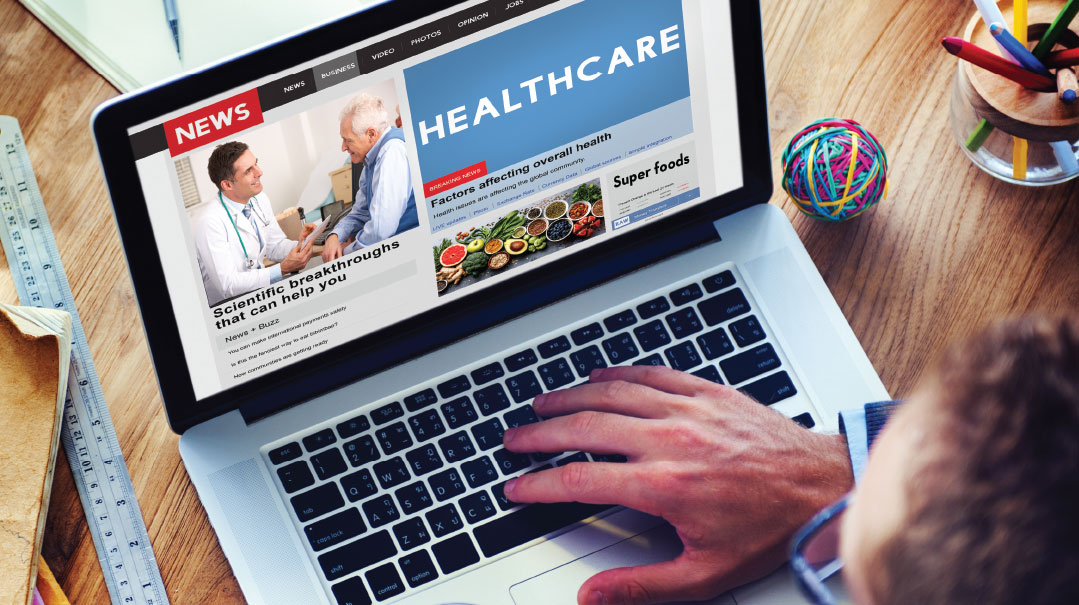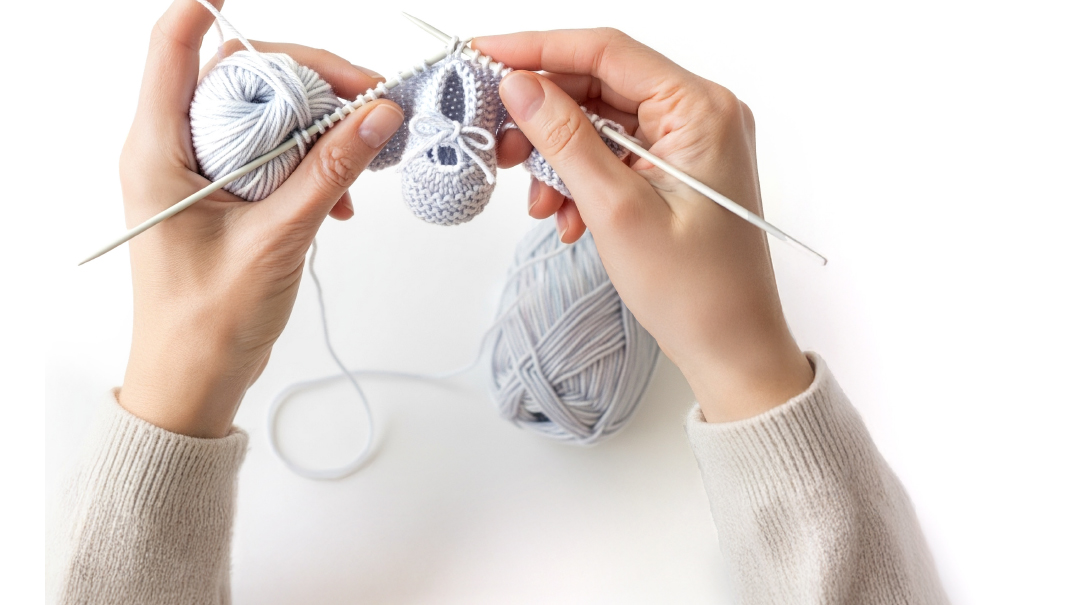A WEB OF MISINFORMATION

You already know not to believe everything you read. But when it comes to your health, can you believe anything you read?

Years ago, I watched in horror as a friend cracked an egg into a glass, then chucked the yolk into the trash.
“How could you do that?” I admonished. “Bal tashchis!”
She smiled and explained patiently that since everyone knows that yolks are bad for us, it’s not considered bal tashchis to dispose of them.
I wonder if she still believes that. I certainly don’t. Actually, I have no idea what to believe, and most likely, neither do you, considering the amount of conflicting information published.
Revisiting that long-ago exchange, I recently Googled, “Are eggs good for you?”
Here’s what I found:
Article one: “Eggs are a source of saturated fat, and too much saturated fat has been shown to raise total cholesterol and LDL (bad) cholesterol levels, risk factors for cardiovascular disease.”
Article two: “Eating eggs leads to elevated levels of high-density lipoprotein (HDL), also known as the ‘good’ cholesterol. People who have higher HDL levels have a lower risk of heart disease, stroke, and other health issues.”
Both studies were reputable, so how could they lead to such contrasting conclusions? Well, according to an article on the Harvard Health Publishing website, it’s hard to test for food benefits because “human diets are complex and notoriously hard to study.” But where does that leave me — and my omelet?
Mental Whiplash
One day coffee improves your concentration and lowers your risk of diabetes, the next it’s carcinogenic. Depending on what you choose to read, nuts are full of health benefits, or they’re full of dangerous fat. And what’s the deal with coconut oil? I remember learning that it was one of the worst fats to ingest, then woke up one day to find out that it was the only oil I should be using.
It’s enough to make me wonder if there’s any food that’s definitely good for me.
Dr. Jonathan Schoenfeld from the Stanford Prevention Research Center and Dr. John Ioannidis from Harvard Medical School pondered a similar question in 2012. They investigated 50 common ingredients, which they chose at random from recipes in the Boston Cooking-School Cookbook, to find out which ones had been linked to cancer risk in recent studies. Their report — titled “Is Everything We Eat Associated with Cancer?” — was published in the American Journal of Clinical Nutrition, along with their findings: “Forty ingredients (80%) had articles reporting on their cancer risk.” This list included salt, sugar, flour, eggs, onions, celery, carrots, milk, cheese, and tea — basic stuff you likely ingest every day.
“One wonders whether this highly charged atmosphere and intensive testing of food-related associations may create a plethora of false-positive findings and questionable research practices,” the authors wrote in their introduction. In the course of their research, they found that the associations between these foods and cancer were weak and often false in comparison to larger study findings.
Their study was not cause for panic. Instead, it showed just how much improvement is needed in nutritional research and how wary one should be when trying to base food decisions off a single report or headline.
Billions of dollars are spent yearly as researchers try to figure out what we should and shouldn’t be eating to minimize our risk for chronic disease and maximize our health benefits. Every month, new studies about food are published. In truth, not one of them is perfect. And food is only the tip of the iceberg when it comes to reading about your health.
Oops! We could not locate your form.











